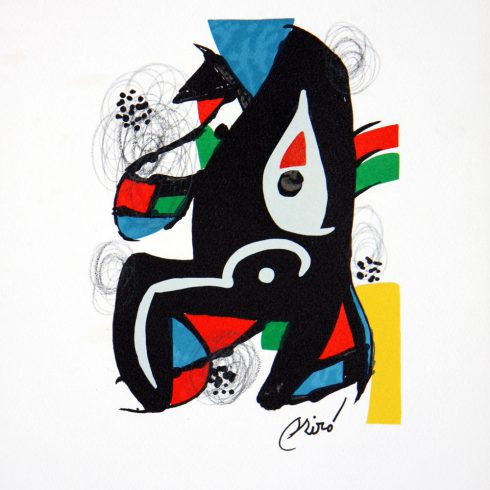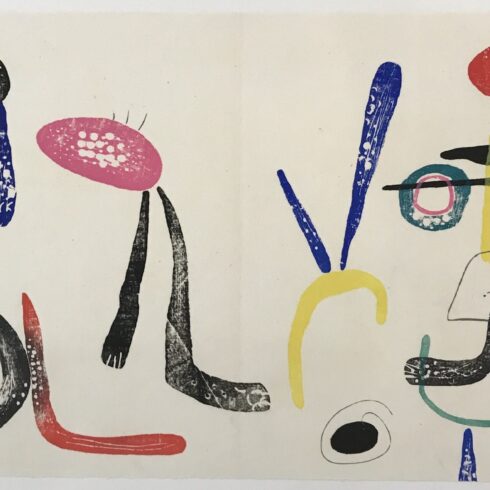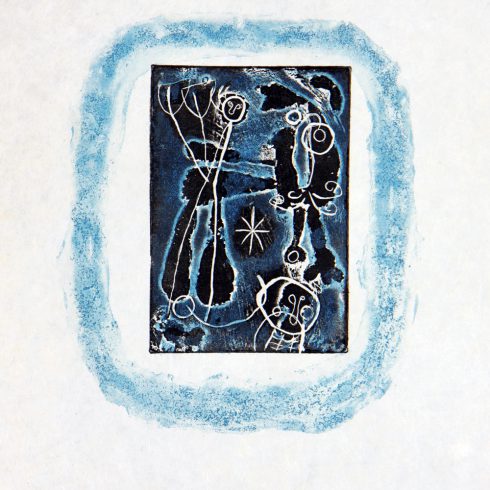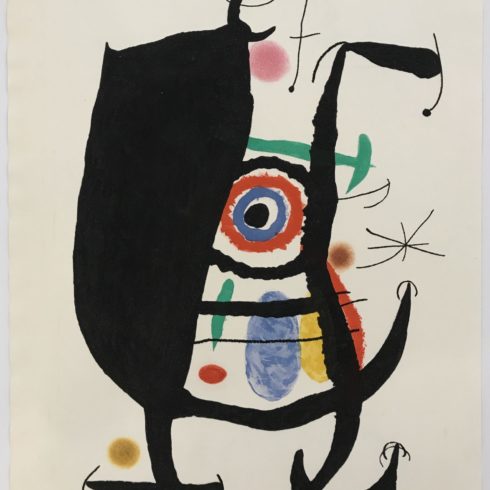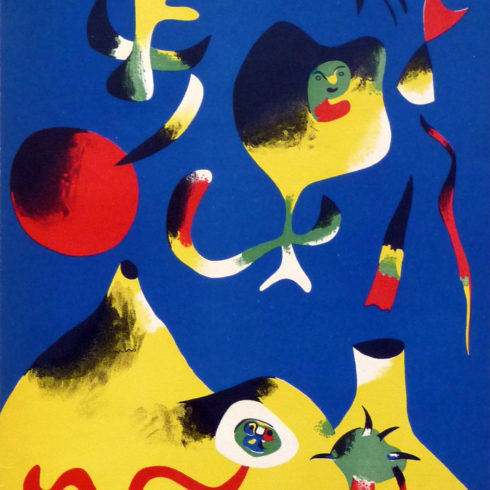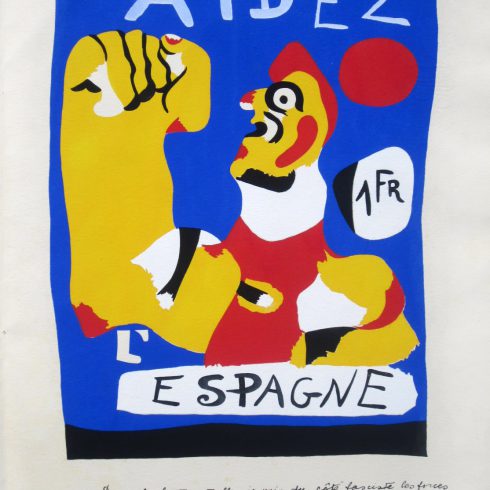Joan Miro Lithograph I (M.857)
Joan Miro Lithograph I (M.857), 1972 by Joan Miro is an original lithograph on Arches paper. It is signed in the lower right, and annotated “epreuve d’artiste” in the lower left in pencil. M.857.
| Title | Joan Miro Lithograph I (M.857) |
|---|---|
| Medium | Lithograph |
| Year | 1972 |
| Edition | Epreuve d’Artiste |
| Signature | Signed, annotated |
| Size | 18 x 15 (in) 46 x 38 (cm) |
| Price | SOLD |
Description
Joan Miro Lithograph I (M.857), 1972 by Joan Miro is an original lithograph on Arches paper. It is signed in the lower right, and annotated “epreuve d’artiste” in the lower left in pencil. M.857.
Miró initially went to business school as well as art school. He began his working career when he was a teenager as a clerk, although he abandoned the business world completely for art after suffering a nervous breakdown.[14] His early art, like that of the similarly influenced Fauves and Cubists, was inspired by Vincent van Gogh and Paul Cézanne. The resemblance of Miró’s work to that of the intermediate generation of the avant-garde has led scholars to dub this period his Catalan Fauvist period.[15]
A few years after Miró’s 1918 Barcelona solo exhibition,[7] he settled in Paris where he finished a number of paintings that he had begun on his parents’ summer home and farm in Mont-roig del Camp. One such painting, The Farm, showed a transition to a more individual style of painting and certain nationalistic qualities. Ernest Hemingway, who later purchased the piece, compared the artistic accomplishment to James Joyce’s Ulysses and described it by saying, “It has in it all that you feel about Spain when you are there and all that you feel when you are away and cannot go there. No one else has been able to paint these two very opposing things.”[16] Miró annually returned to Mont-roig and developed a symbolism and nationalism that would stick with him throughout his career. Two of Miró’s first works classified as Surrealist, Catalan Landscape (The Hunter) and The Tilled Field,[17] employ the symbolic language that was to dominate the art of the next decade.[18]
Joan Miro Lithograph I (M.857), 1972 by Joan Miro
Additional information
| Title | Joan Miro Lithograph I (M.857) |
|---|---|
| Medium | Lithograph |
| Year | 1972 |
| Edition | Epreuve d’Artiste |
| Signature | Signed, annotated |
| Size | 18 x 15 (in) 46 x 38 (cm) |
| Price | SOLD |




